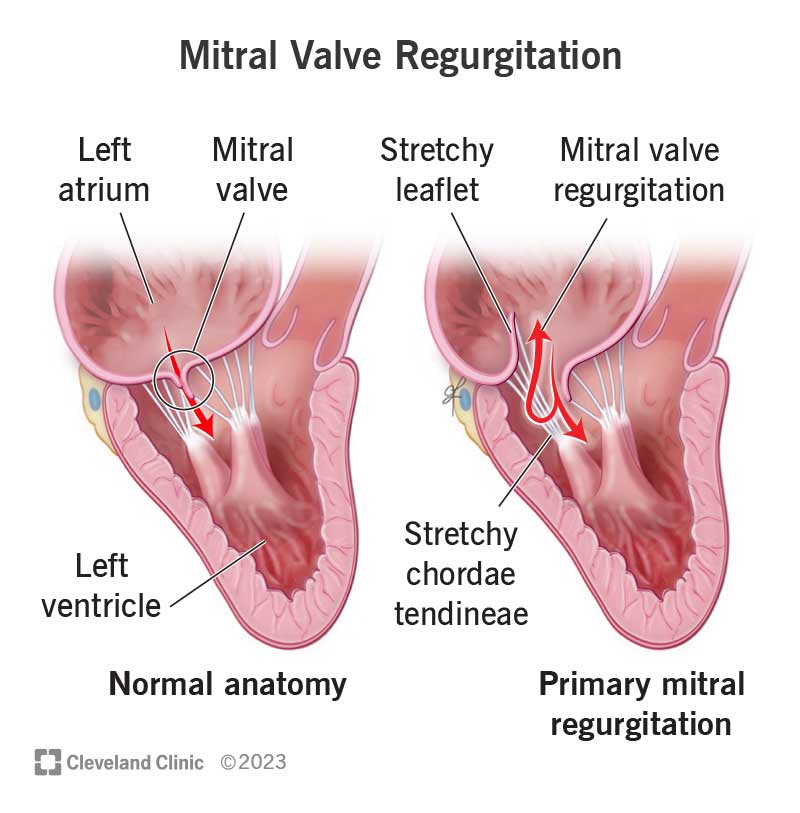
In this section, I shall be covering unmodified natural history of rheumatic and flail mitral leaflet regurgitation. Modified natural history of MR( after surgery/percutaneous intervention)and MR secondary to mitral valve prolapse shall be discussed later.
A. Stages of Chronic Primary Mitral Regurgitation

B. Natural History of Primary MR
(i) Untreated severe primary MR
Clinical Outcome of Severe MR

7. Patients with severe MR and NYHA I or II who did not undergo surgery had a mortality rate of 4.1 % compared to 34 % with those with NYHA III/IV symptoms
8. Once the heart failure developed, prognosis was worse and 5 year survival less than 20 %
9. Outcomes depends on initial symptoms and presence or absence of LV dysfunction
10. When stratified according to Ejection fraction, patients with EF < 60 percent had markedly lower survival compared to EF > 60 %
11. Sudden death, a catastrophic event, accounts for approximately one quarter
of deaths during medical treatment
12. The determinants of higher rates of sudden death include severe symptoms and subnormal LVEF, but most sudden deaths occur in patients with no or minimal symptoms and normal LV function
13. The rate of sudden death is 1.8% per year overall and even in patients without risk
factors, is 0.8% per year.

Progression of MR
2. The determinants of progression are anatomic changes, with more rapid progression in patients with MVP (particularly with development of new flail leaflet) and with enlarging mitral annulus.
3. Half of patients manifest notable progression, but 11% evidence spontaneous regression of MR related to improved loading conditions.
LV Dysfunction
2. The LVEF decreases significantly, by approximately 10%, immediately after
surgical correction of MR. Therefore, despite symptomatic improvement, postoperative
LV dysfunction (LVEF < 50%) is frequent, occurring in close to one third of the patients successfully operated for organic MR.
3. Pre-operative LVEF is the best predictor of long-term mortality under conservative
management and after surgery , of congestive heart failure and of post-operative residual LV function. The end-systolic dimension is also a significant predictor of the post-operative LV function

(ii) Natural History of asymptomatic moderate to severe MR


Determinants of outcomes in unoperated patients
Age
Symptoms(NYHA class)
Pulmonary hypertension
LV filling pressures
AV-O2 difference
LV ejection fraction
LV end diastolic volume
C. Natural History of Secondary MR
© 2022 Cardio Blogger. All Right Reserved | Designed & Developed By Diviants